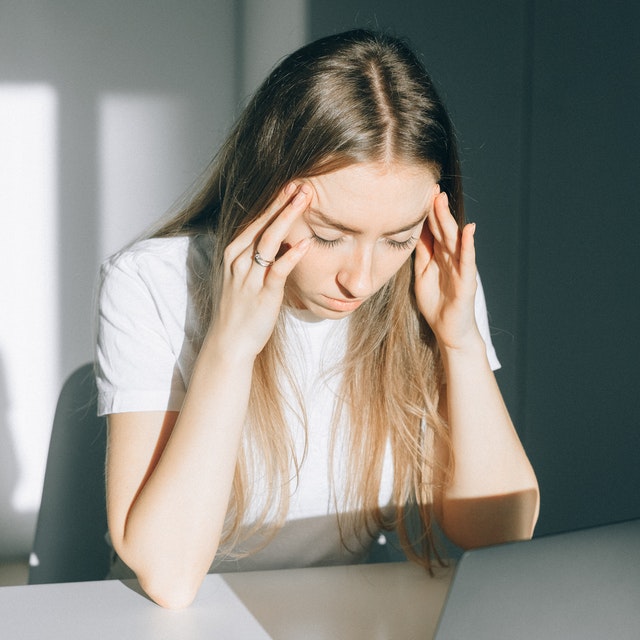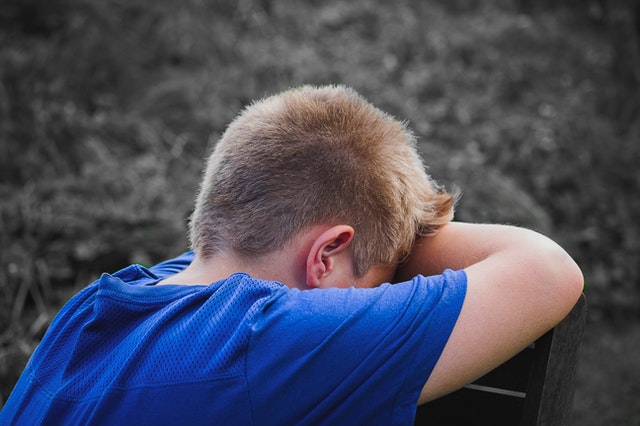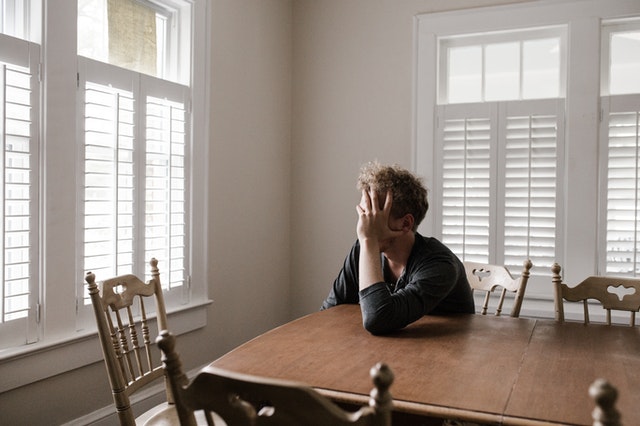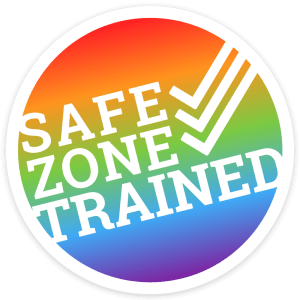In such uncertain times and a world changing more rapidly than we can sometimes imagine,
knowledge can be like medicine.
If you are teen impacted by anxiety or you are caring for someone with anxiety, this page was designed with you in mind. Let’s start from the beginning-
ANXIETY AS A
SUPERPOWER
Anxiety is a state caused by your perceived sense of threat to an event, a person, or a situation. In other words, anxiety is a combination of thoughts and feelings that activate your Stress Response, calling your body and mind to take action to keep you safe and minimize threat and danger.
When put that way, I kind of think of anxiety as a superpower. A superpower that every human has.
If anxiety can activate your body’s stress response, putting you in a state of action, and do this in a matter of mere seconds- that’s pretty impressive!

I want to say a little more about how anxiety is useful.
You can probably agree that everyone experiences stress at some point. Perhaps you even agree that your stress response to perceived danger and threat is one very important way to keep you safe.
Your body and mind’s response to danger is part of your evolutionary hardwiring for survival- this is most useful if the goal is to live.
The response is automatic, meaning you don’t have to think about activating your stress response.
If a rabid tiger (do tigers get rabies?) ran into this room right now, you would not want to waste time thinking about whether or not it is dangerous or what you should do. You need to act right now and that’s what anxiety and stress help you do- ACT NOW.
Anxiety is useful in the tiger situation, but let’s face it, you may not encounter this scenario too often in today’s world. Anxiety can also be useful in handling situations that require some stress for best outcomes. A situation like a performance, maybe a sports performance or an art performance, require some degree of stress to mobilize memory, muscles, blood flow, and breathing.
Anxiety can be useful and it can also become problematic and I will talk more about that below.
Key points to remember

WHY ALL THIS TALK
ABOUT ANXIETY THESE
DAYS?
The world you live in today is much different than the world of 50 years ago. You experience stimulus at a much faster rate. Take a second and think about how many sources of information are coming at you, even in the last 30 minutes.
I have probably checked my emails (yes more than one), glanced at Instagram, received text messages, half read a couple articles that piqued my interest on Facebook, all while eating a delicious burrito (well I think it was delicious, but I was pretty distracted!). We live in a world with a lot going on a lot of the time.
Your body and mind need to sift through this at lightning speed and determine what is a threat and what is not.
That’s a taxing job, even for a superpower.
Research tells us that severe anxiety and mood disorders are on the rise in young populations. We need to talk about anxiety so we can come together as a community, share ideas, support one another, and create spaces and states that feel safe.
It’s also important to talk about because stress and anxiety have larger consequences if not attended to. Stress has different levels, one of those being adaptive stress or as some call it, healthy stress. This kind of stress causes a response in your body that has a quick recovery time which is great, because you can manage that. Like the stress feeling just before a first date or nerves before a first day of school.
Prolonged stress or toxic stress however, is more taxing on the body and mind and has slower recovery times which can cause significant negative consequences to your health. Like stress and anxiety worrying about having a panic attack in a public area or the stress of being in an abusive relationship.
Key points to remember
DIFFERENT TYPES OF ANXIETY
Anxiety can be a useful state to keep you safe and responsive. However, when anxious thoughts and feelings lead to symptoms that interfere with day to day functioning it becomes problematic. Anxiety disorders can be a way of understanding when anxiety becomes problematic.
Some types of anxiety known in children and teens:

Phobias
Experiencing very anxious and fearful thoughts and feelings linked to situations, objects, or things. More common phobias are fear of dying, flying, spiders, vomiting, needles, etc.
Separation anxiety
Experiencing very anxious thoughts and feelings when separated from parents or caregivers. Usually feeling worried that something bad will happen to self or someone you love while you are apart.
Experiencing very anxious thoughts and feelings related to social situations. Heightened stress and self-awareness around others and strong worries about being embarrassed, humiliated, or judged.
Generalized anxiety disorder
Experiencing very anxious thoughts and feelings about everyday events for prolonged periods.
Panic disorders
Sudden and unexpected panic attacks. Experiencing very anxious thoughts and feelings about having another panic attack in public or in undesirable situations and usually avoiding places where a panic attack might occur.
PTSD (posttraumatic stress disorder), experiencing ongoing symptoms after (a) terrifying event(s). Usually experiencing very anxious and frightening thoughts and memories of the past event(s). The event(s) was/were terrifying physically, emotionally, and psychologically.
Key points to remember
HOW TO COPE?
If anxiety is just doing its thing and keeping you away from danger, this is great. Thank anxiety for being such an amazing superpower and keep it up.
If this superpower is out of control and interfering with daily life, there are things you can do to harness its energy.
It can be helpful to talk to someone about what’s going on or ask questions. Consider reaching out to a healthcare professional or another trusted adult. It may be a parent, family friend, coach, doctor, school counsellor, therapist, etc.
Don’t suffer alone!

Are you a parent caring for someone with anxiety? – check out this blog post by Harvard Health Publishing or Anxiety Canada for some great resources.
Thought work
Anxiety is about your perceived sense of threat or danger, so it is not necessarily the truth of how things are but rather how you think they are. If you have ways to understand your thoughts this can be very helpful in harnessing anxiety. Some examples of this are:


Imagine (I know I’m really going with this superpower metaphor) anxiety is a powerful ray of light that shoots from your body anytime you feel you are in danger. Containment is a way to centralize and focus that beam of light to one area for a bit while you work on some other harnessing strategies. Some examples of this are:
Self-Compassion
Often times, you might find yourself having harsh thoughts because of anxiety. It can be easy to go to a place of what’s wrong with me, why can’t I control this, this is my fault etc. Self-compassion is an invitation to bring in a gentler, kinder voice (maybe like a kind friend or a great sidekick) that can offer some new possibilities in understanding and handling anxiety. Some examples of this are:
Dropping an anchor and settling
Finding a way to settle your body and mind is like adding water to a flame- it can soothe and lower your anxiety response. A lot of these ideas start with the body and are designed to kick in your parasympathetic system (rest and relax) which is the opposite of the sympathetic system that kicks in when you are anxious. Some examples of this are:
Habits and hygiene
Just like anything in life, if you are well rested and refreshed, you tend to show up in a much more capable way vs. when you are feeling exhausted and depleted. Considering the different habits and hygiene practices you have can be very helpful in harnessing anxiety. Some examples are:
Key points to remember
Are you a parent caring for someone with anxiety? – check out our blog by clicking below
If you are looking for some counselling support, I am a psychologist in Calgary working with teen girls (and their parents) to help them build bulletproof mindsets.








